Gooseberries
How do I put together my berry assortment?
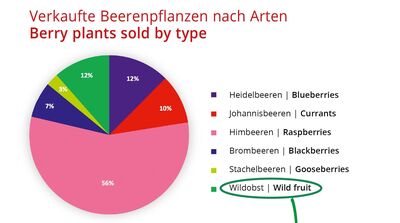
Hopefully they are on holiday. Or even better, enjoy the fact that everyone else is on holiday. But once again, every plant producer is wondering which berry plants, varieties and assortments to choose for next spring. Because soon the young plants will have to be ordered. At Lubera Edibles, too, young plant production is controlled according to the order history and incoming orders. Later in winter or spring, you then have to take what is still available.
Read moreBreeding progress – for what?

Why and for what does progress in breeding need to be made in plants for the home garden, especially in edible plants? Is there any advancement at all – or is it just less or more reproduction of the old, old wine being sold in new bottles? And if there are improvements, what are they focussed on and how can we sell them? These are the questions I would like to answer in this article, using raspberries as an example.
Read moreFor those who come too early...new data on berry demand AFTER spring
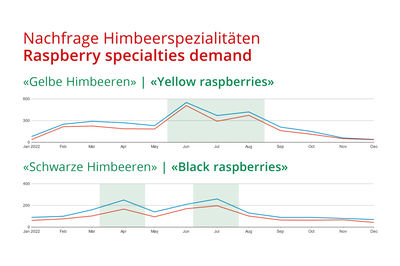
Traditionally, soft fruit plants are delivered to sales outlets and sold off in early spring. Depending on the season, there may or may not be additional deliveries. Using Google data, we show that the demand for certain types of fruit (or the corresponding terms) is sometimes continuous throughout the year or that there is a second peak after spring when the fruit in question is ripe. But can this effect also be demonstrated in specific plant sales? Are we perhaps systematically selling many...
Read moreThe demand for berry plants
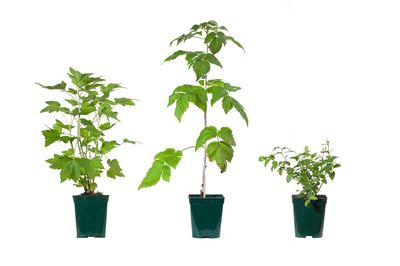
Actually, no one really knows the exact demand for berry plants. The market is too small for a statistically analysable survey to be worthwhile. By interpreting the sales figures of our online sister company Lubera.com for this small study, we can gain important insights into the natural demand for berry plants.
Read moreLeftover plants from the production – what do I do with them?

In particular in these special days, when the trade and sale of plants in Germany and Europe is subject to considerable restrictions, some plant producers will probably be worried whether their already produced and ready-for-sale plant stocks can be delivered completely and if so, at what time this will happen. However, apart from the current crisis, it can always happen that plant stocks cannot be completely cleared. As gardeners, we are still very dependent on the weather, despite an...
Read moreThe exclusive Lubera Edibles assortment poster – all 'edible' young plants at a glance

As in so many industries and areas of everyday life, the trend is moving towards more online-based advertising and paperless communication. However, at the moment, we do not want to do without print media entirely. Last autumn, for example, we were already able to present our current young plant catalogue for 2020. Many of you have already received the printed version and at the same time our young plant catalogue is also available at luberaedibles.com in the download area.
Read moreShrub Berries – 2020 Novelties
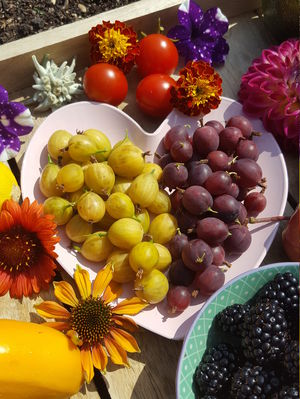
We are pleased to once again be able to offer you many exciting novelties in the area of our shrub berry young plants for the upcoming 2020 spring season. A lot has happened especially with the Ribes, i.e. the gooseberry and currant young plants. Here we have been able to considerably expand our assortment with varieties from the innovative Lubera breeding programme. On the one hand, our sister company is one of the few companies in the world still engaged in the breeding of gooseberries and on...
Read more5 reasons for breeding fruit and berry plants for home gardens
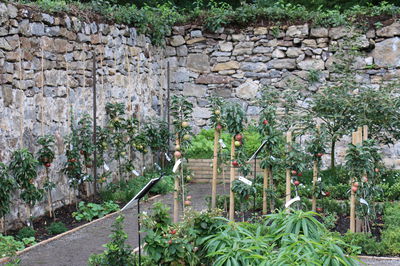
With Lubera® and Lubera® Edibles we are asked again and again, why we would have our own elaborate breeding programmes when there are so many fruit and berry breeding programmes worldwide from which one could use. Our short answer is this: because worldwide there are no fruit and berry breeding programmes that are especially geared towards the home garden. Almost the entire breeding efforts of universities, research stations and increasingly also of private breeders are aimed at...
Read moreOur assortment of 'edible' young plants

As the new company name, Lubera Edibles®, already suggests, we are expanding our range of young plants from classic soft fruits, such as raspberries, blackberries or blueberries, to anything that can be consumed in any way. This includes edible fruits like kiwis, apples and pears. Or edible roots such as horseradish, Jerusalem artichoke or potato. But also edible leaves, petioles, flowers such as sea kale, tea or rhubarb. We would like to introduce our most important groups of crops in the...
Read moreThe range of soft fruit young plants
This video explains all about the young berry plant range from 'Lubera Edibles. These include: blackberries, strawberries, raspberries, kiwis and gooseberries. 'Lubera Edibles' is the young plant division of Lubera, it provides a large selection of delicious fruit varieties to growers. The companies of Robert Mayer and Lubera have joined forces to produce these young plants through the breeding of new edible varieties at Lubera which are then coordinated with the product development and in-vitro...
Read more